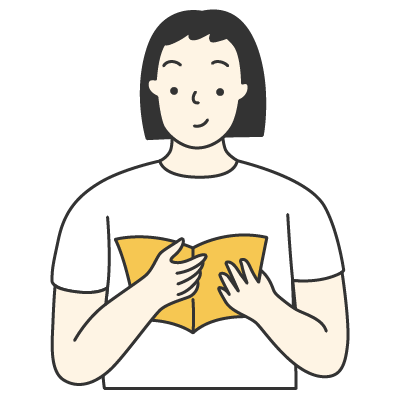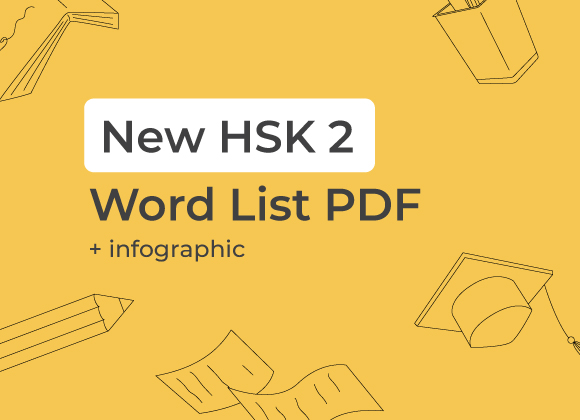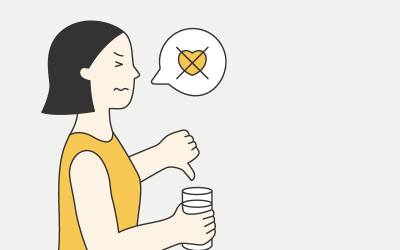While many many languages have an alphabet and an alphabetic system, with Asian languages it’s not always the case. This raises a lot of questions. How do Chinese people type? How can you start learning the language if you cannot read the Chinese characters? That is why when many Chinese learners begin to learn Chinese, they try to look for the “Chinese alphabet”.
As always, there is bad news and good news. The bad news is that Chinese alphabet per say doesn’t exist. But there’s good news too: there is pinyin, a transliteration system that can help you learn how each character is pronounced!
So in this article, we address 5 questions that Chinese learners often ask about the Chinese phonetic system – including Pinyin, tones, and whether or not the so-called ‘Chinese alphabet’ appears in everyday life.
Chinese Alphabet: Does it Exist?

Q: Is there an alphabet in the Chinese language?
Many Chinese learners wonder if there is an alphabet in the Chinese language for them to have a better idea about the Chinese phonetic system. Unlike most European languages, the so-called “Chinese alphabet” doesn’t exist. Instead of a Chinese alphabet, pinyin is used to represent the Chinese phonetic system.
Pinyin: Chinese Transliteration System

Q: Can pinyin be treated as the Chinese “alphabet”?
Pinyin can be considered equivalent to the Chinese “alphabet”.
The literal meaning of the word 拼音 (pīnyīn) is “to spell sounds“, so pinyin is a guide for the pronunciation of Chinese characters.
Pinyin is represented in Latin letters.
Example
For example, the pinyin for the character 好 (meaning “good”) is “hǎo”:

Pinyin: Initials in Finals

Q: So, what does 1 Chinese character look like in pinyin transliteration?
Each Chinese character is represented by 1 pinyin syllable. And each syllable contains 3 essential components:
INITIALS
Initials can be considered as individual consonants or combinations of two different consonants, such as “b”, “m”, “f”, “ch”, zh”, etc.
FINALS
Finals present themselves as either individual vowels or consecutive vowels like “a”, “i”, “ao”, “iu” (or a bit more complicated nasal ones – “ang”, “ong”).
TONES
Finally, those little marks that can be seen on the top of a certain vowel in the “spelling” of a Chinese character are called tones.
Q: How many initials and finals are there in the “Chinese alphabet”?
Initials are placed at the beginning of a character’s pinyin, and there are 23 initials in the Chinese language:
b p m f
d t n l
g k h
j q x
z c s
zh ch sh r
y w
A final comes after an initial. Here’s a list of all the finals in the Chinese language:
a o e
ai ei ao ou
an ang en eng ong
i ia ie iao iou ian iang
in ing iong
u ua uo uai uei
uan uang uen ueng
ü üe üan ün
Pinyin: Tones

What are tones?
Finally, the last constituent part of a pinyin syllable is a tone.
Tones are extremely important when it comes to pronouncing Chinese characters.
There are four tones in the Chinese language, and the same combination (initial + final) read in different tones may lead to four different Chinese characters with completely different meanings. Therefore, when two Chinese people are having a conversation, their understanding largely depends on the context, and even a slight mistake in tones could cause misunderstanding.
Let’s take a look how each tone is presented:
First tone
1st tone is high and flat and is marked as a short straight line:
mā
Second tone
2nd tone is also known as the “rising tone”, which rises from the middle to the top:
má
Third tone
3rd tone falls from low to lower and then rises:
mǎ
Fourth tone
4th tone falls from the top to the bottom:
mà
Now let’s take a look at an example to help you better understand the importance of tones using “qian”:
qiān
thousands
qián
money
qiǎn
shallow
qiàn
to owe
As you can see, four different Chinese characters can be represented by “qian” with different tones.
Pinyin in Real Life

Q: Can pinyin be seen in ordinary Chinese books or magazines?
The answer is no. You’ll have to learn to read Chinese characters in order to read Chinese books for academic or professional purposes. The function of pinyin is to let you know how to pronounce a certain character, and Chinese learners are expected to remember how different Chinese characters are pronounced and learn to recognize them when reading Chinese articles.
Further Reading

New HSK 1: Word List PDF, Analysis & Infographics

New HSK 2: Word List PDF, Analysis & Infographics

New HSK 3: Word List PDF, Analysis & Infographics









0 Comments